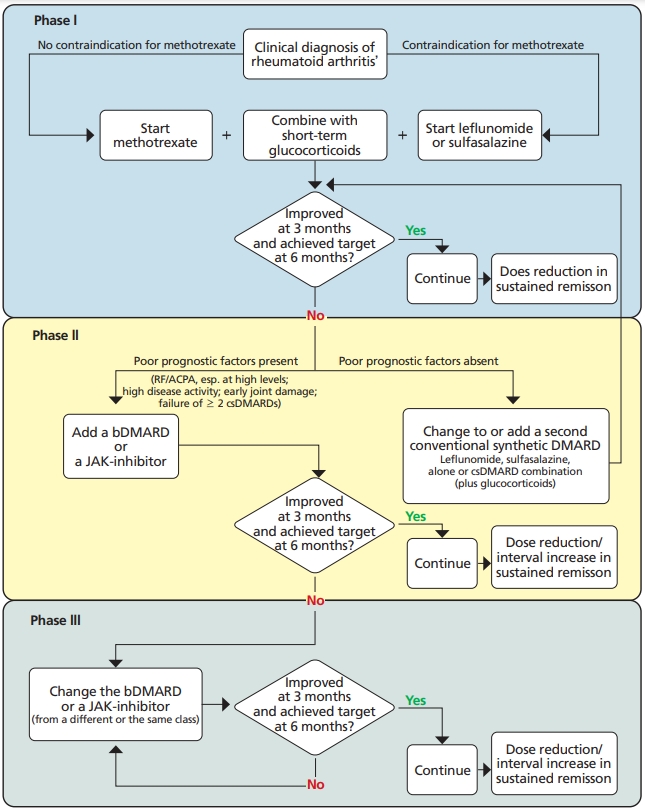 |
 |
- Search
| J Korean Med Assoc > Volume 64(2); 2021 > Article |
|
Abstract
Figure 1.

Table 1.
Adapted from Clark JD et al. J Med Chem 2014;57:5023-5038, with permission from ACS Publications [4].
JAK, Janus kinase; IL, interleukin; IFN, interferon; TYK, tyrosine kinase; EPO, erythropoietin ; TPO, thyroid peroxidase.
Table 2.
Adapted from Harrington R et al. J Inflamm Res 2020;13:519-531, according to the Creative Commons license [2]. Data of MFDS are from Ministry of Food and Drug Safety (https://www.mfds.go.kr/).
MFDS, Ministry of Food and Drug Safety; FDA, Food and Drug Administration; EMA, European Medicines Agency; JAK, Janus kinase; TYK, tyrosine kinase; BID, twice a day; QD, daily.
References
Peer Reviewers’ Commentary
-
METRICS

-
Related articles in
J Korean Med Assoc -
Intratympanic injection for treatment of inner ear diseases2023 October;66(10)
Importance of continuous glucose monitoring in the treatment of diabetes mellitus2023 July;66(7)
Changing the strategic paradigm for the treatment of adult acute myeloid leukemia2023 April;66(4)
Comprehensive approach for the treatment of medication-overuse headache2021 December;64(12)
Biologic therapies for the treatment of psoriatic arthritis2021 February;64(2)






